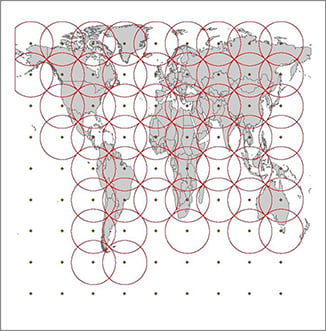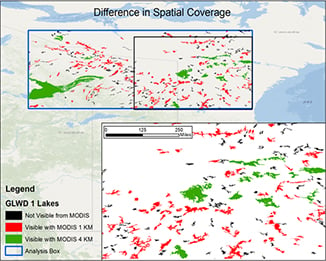Inland aquatic resources are becoming increasingly important in global fisheries production. In 1980, production from inland systems accounted for 11 percent of global production, whereas in 2008 over 30 percent of global production emanated from inland systems. Likely because inland fisheries harvest has historically comprised only a small percentage of the global fisheries production, it is commonly ignored when considerations of global fisheries production are discussed.
Now, however, inland fisheries deserve greater attention from researchers and managers at the global level due to their importance in the developing world, where inland fisheries provide people with employment and a considerable proportion of their protein; in the developed world, where inland fisheries have shifted largely to a recreational focus with large economic benefits; and from a global perspective, given that inland systems provide valuable ecosystem services and inland fisheries commonly have direct and indirect impacts on these services.

MTRI is currently collaborating with the USGS Great Lakes Science Center to develop tools that will narrow the existing knowledge gaps in the status and key drivers of inland fisheries. By providing models that provide potentially less biased estimates of fish production as well as some key variables that could predict fish production, managers will have better information to both currently manage key fisheries and perhaps prepare for future climate-induced changes on the fisheries. MTRI is supporting and participating in this modeling effort by developing explanatory variables related to characteristics of inland lakes themselves (chlorophyll concentration, water clarity, temperature) and their watersheds (land use/cover, climate variables, elevation). Primarily using medium-resolution multispectral satellite imagery, MTRI is generating a database of such variables for a large sample set of inland freshwater lakes across the globe for which in situ data on fishery production and/or chlorophyll concentration are available. Interrogating this database will help clarify the drivers of inland fishery production, laying the groundwork of a greatly improved estimate of total global inland fisheries production.

